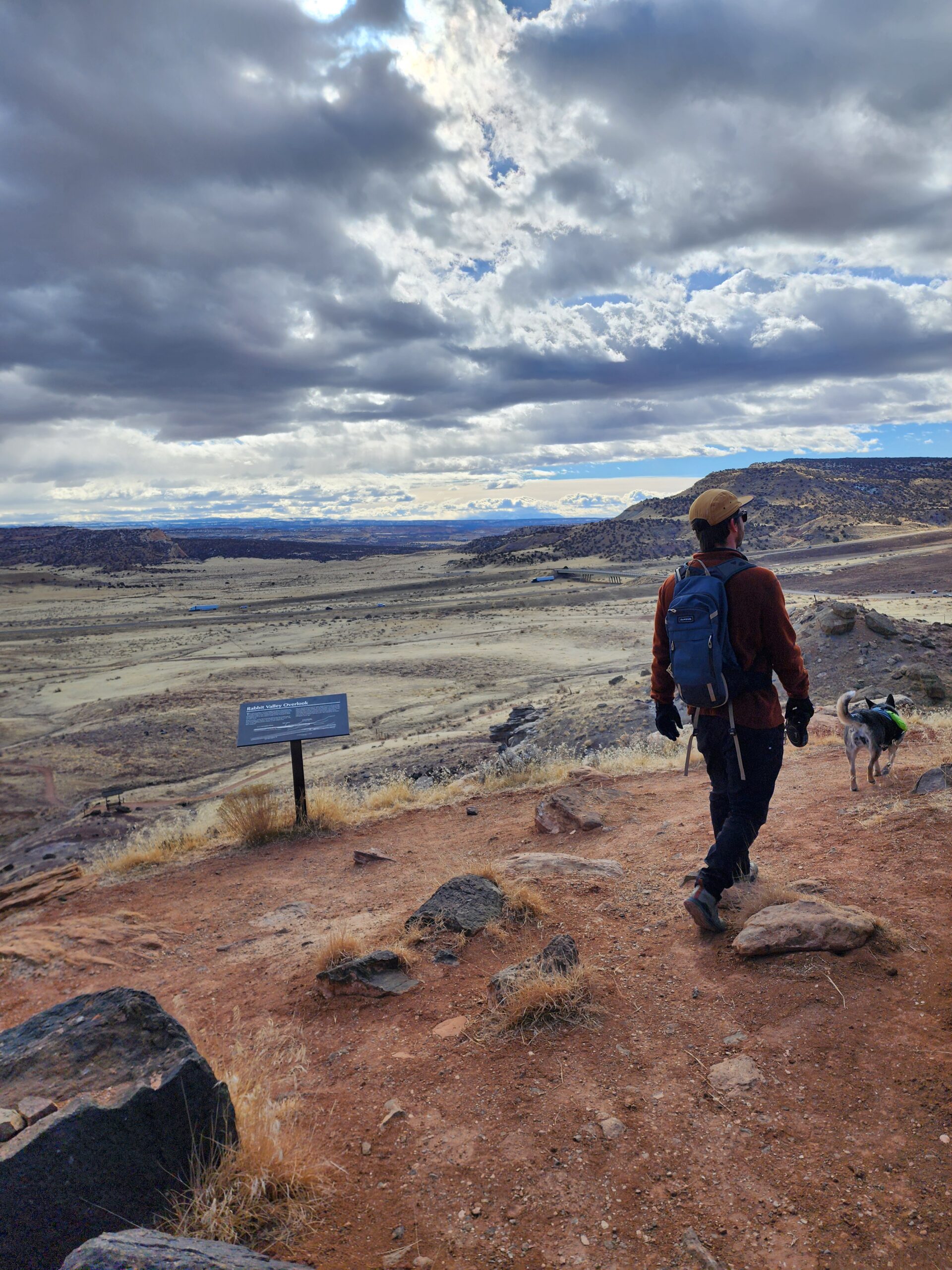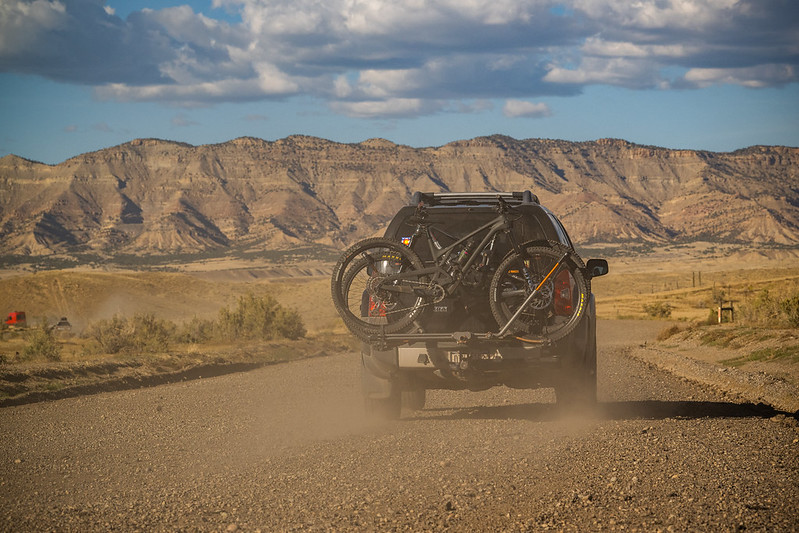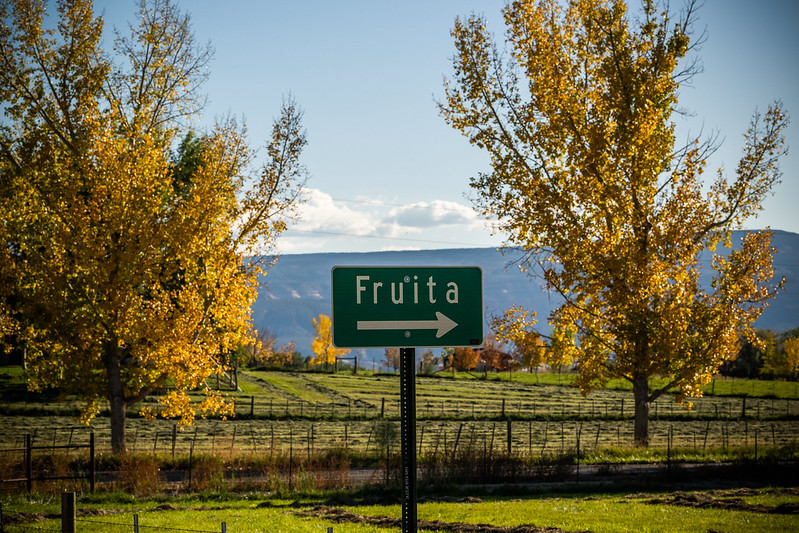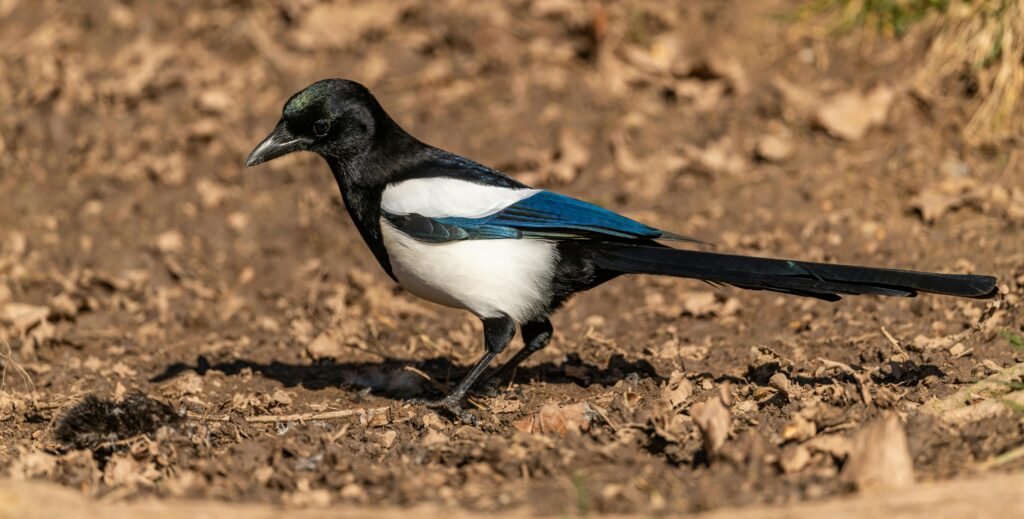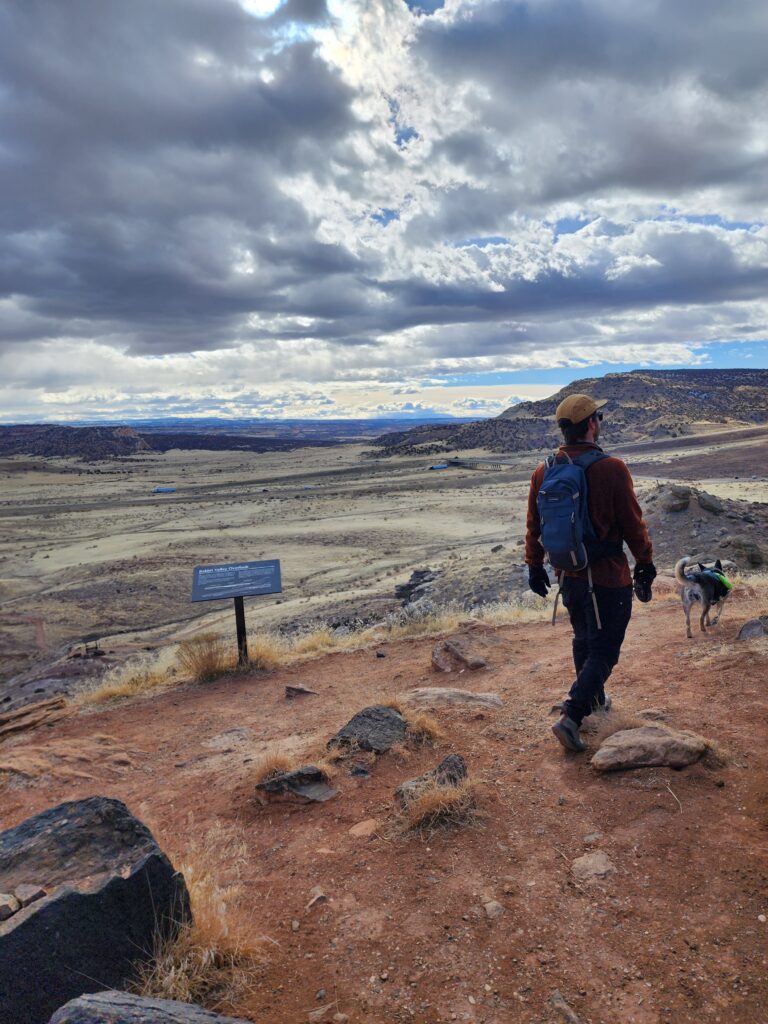Have you ever wondered what stories lie beneath the surface of the landscapes we admire? Fruita, Colorado holds a chronicle of Earth’s history spanning millions of years within its rocky layers. From the vibrant red hues of the Chinle Formation to the towering cliffs of the Mesa Verde Group, each geological formation whispers tales of ancient ecosystems, vanished creatures, and dramatic transformations. There is a rich history held in between each layer.
The Chinle and Wingate Formations
The journey through Fruita’s geological and paleontological wonders begins with the Chinle Formation. Picture yourself transported back 203 million years ago to a landscape teeming with life, where rivers and lakes meandered across vast floodplains. Fossilized footprints of dinosaurs and the remains of ancient amphibians and crocodile-like creatures bear witness to a time when western Colorado basked near the equator.
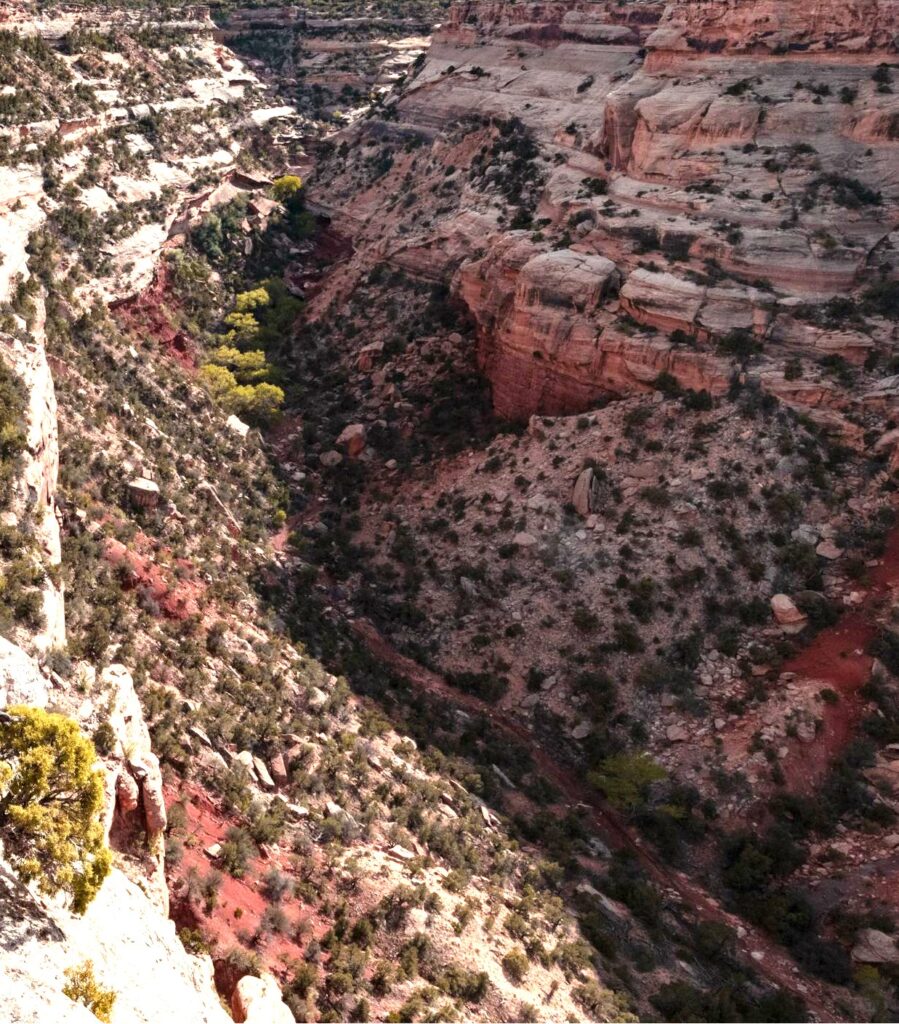
As the eons passed, the region underwent profound changes. The Wingate Formation emerged, etching the memory of a desert landscape upon the earth. Here, amidst the shifting sands, evidence of the End–Triassic Mass Extinction (one of five of Earth’s mass extinctions) is etched into the rock, a reminder of the fragility of life.
The Kayenta, Morrison, Naturita, and Mancos Formations
Through the layers of the Kayenta Formation, we glimpse oases amidst ancient dunes, where life found refuge amid arid surroundings. The layers in this formation were thin, so fossils are hard to find. The Morrison Formation, with its rich diversity of ecosystems, paints a vivid picture of a prehistoric world akin to the lush valleys of the Mississippi. It is known for quite a few famous dinosaurs such as the Stegosaurus, the Colorado State Fossil, and the Ceratosaurus, the official dinosaur of Fruita.
The Naturita Formation, aptly named the “Dinosaur Freeway,” holds an extensive gallery of tracks, which gives us a glimpse into the vibrant life that once roamed these ancient shores. A 150-foot rock unit holds some of the most tracks found in western North America. Meanwhile, the Mancos Formation reveals secrets of a deep-sea realm, where marine creatures thrived in quiet, submerged worlds. The sea that used to stretch throughout the valley was called the Western Interior Seaway and formed the dark grey and beige slopes along the Book Cliffs’ base.
The Mesa Verde and Green River Formations
The tops of Mount Garfield and the Book Cliffs are sandstones and mudstones from ancient seacoasts during the Late Cretaceous Period, and these deposits are 200 feet thick! This era moved the valley away from the deep sea it once was by slowly making it shallower. There are many dinosaur tracks and fossils in these deposits along with plants, crocodiles, mammals, turtles, and fish. The Mesa Verde Group was the last of “Age of the Dinosaurs.”

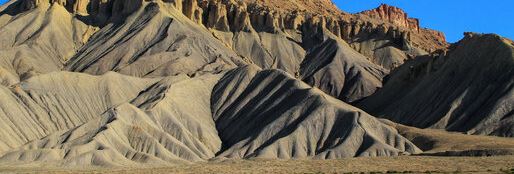
The Roan Cliffs that can be seen right behind the Book Cliffs were made from the Green River Formation. This era was characterized by three freshwater lakes known as Fossil Lake, Lake Uinta, and Lake Gosiute. Lake Uinta covered the Grand Valley 50 million years ago. Now, we can see the oil shale and limestone that make up the rock formations left behind and can see a rich history in the many fossils and tracks preserved from this era.
Exploring Timeless Landscapes
Today, visitors can embark on a journey through time, hiking the trails of the Colorado National Monument, Mount Garfield, the Grand Mesa, and the Book Cliffs. Each step offers a glimpse into the past, where the echoes of ancient rivers and the whispers of bygone creatures linger in the landscape.
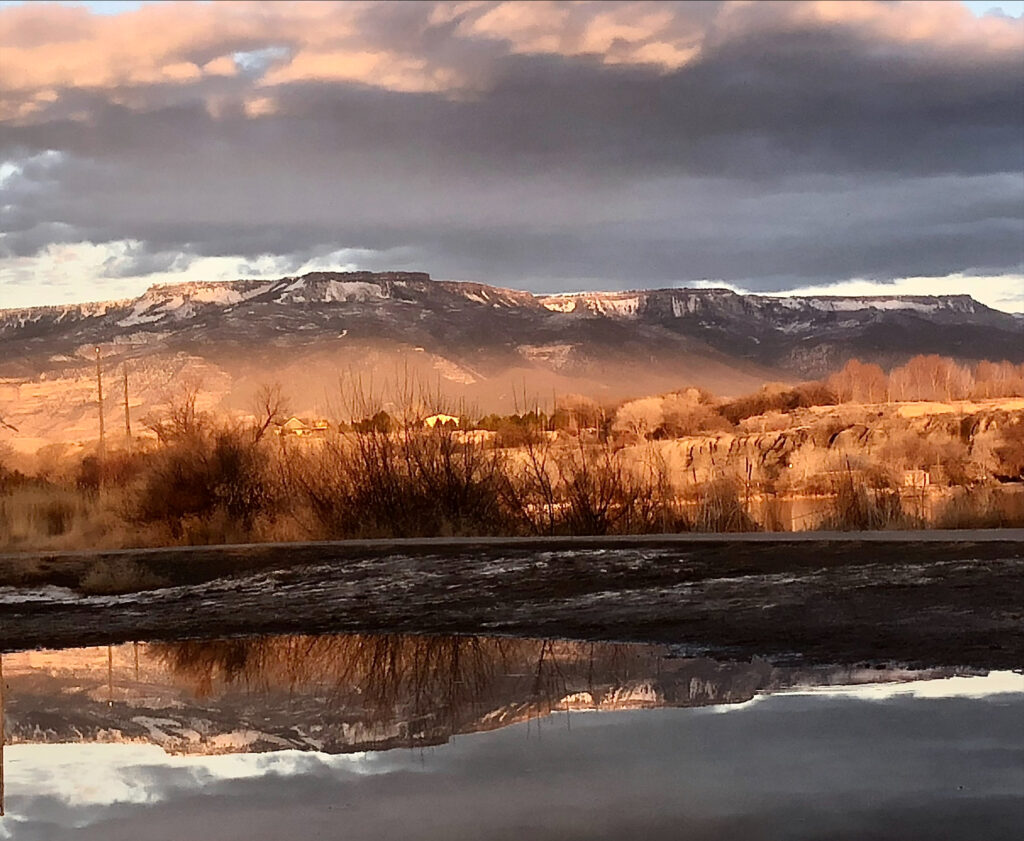
For those eager to delve deeper into the world of dinosaurs and prehistoric life, the Dinosaur Journey Museum holds captivating exhibits, while Dinosaur Hill and the Rabbit Valley Trail Through Time offer immersive experiences amidst fossil-rich landscapes.
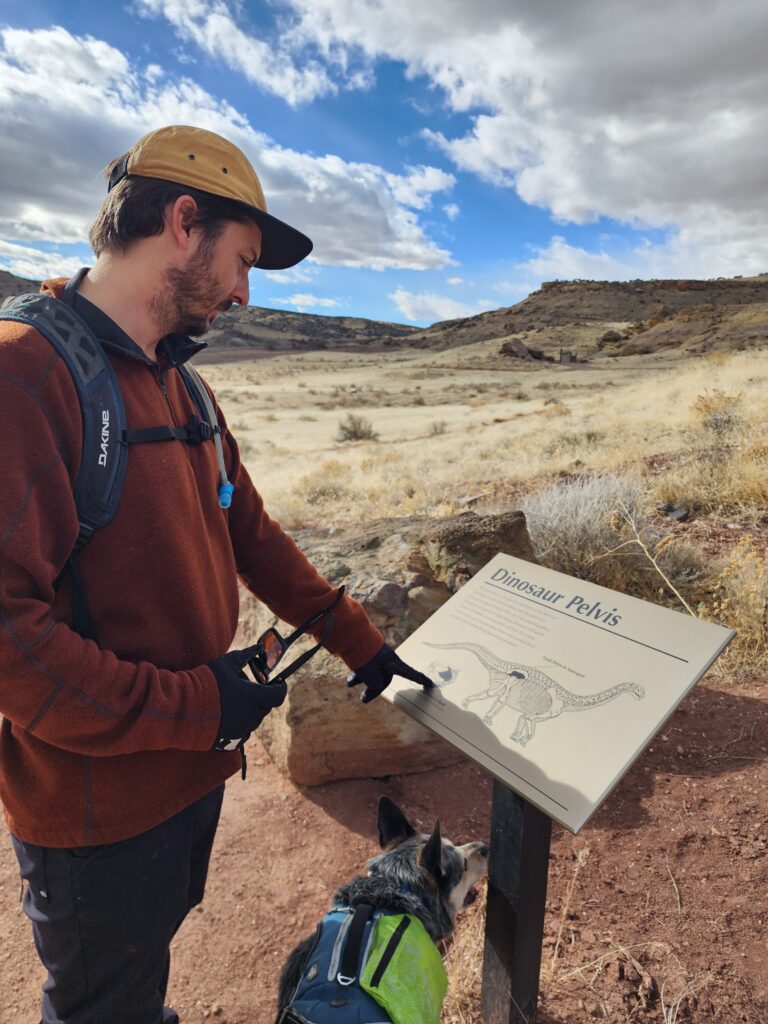
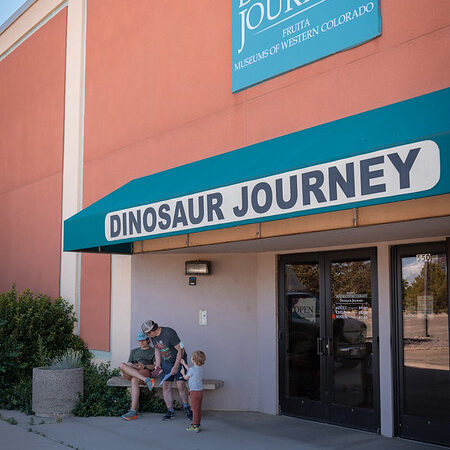
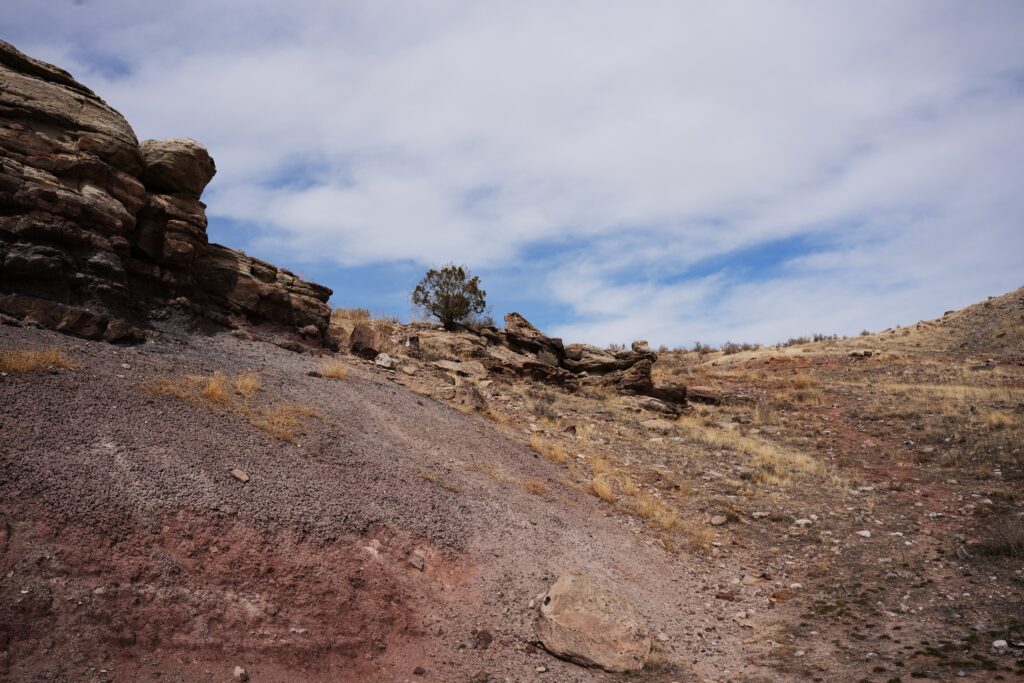
Join us in Fruita, where the rocks beneath our feet hold the keys to unlocking the mysteries of our planet’s past. Whether you’re an avid hiker, a curious traveler, or a passionate paleontology enthusiast, there’s no shortage of wonders waiting to be discovered in this geological tapestry of time. Come embark on an adventure through the ages!

